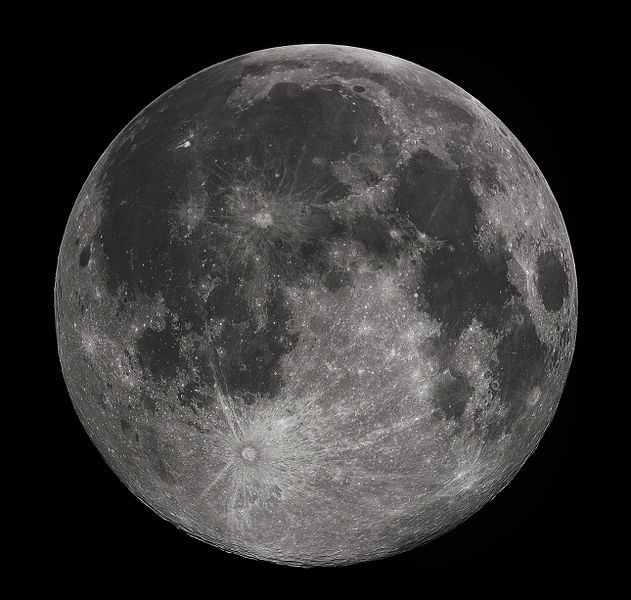Moon Facts
Satellite Profile
| Type | Natural Satellite |
| Diameter | 2,159 miles |
| Mass | 1024 kg |
| Volume | 1010 km3 |
| Orbit Speed | 3,683 km/h |
| Radius | 1,079 mi |
Below are some of the facts about the Moon:
- Moon is the only satellite of earth that is made by nature. It rotates around the earth in a fixed orbit. Some of the other planets in the solar system have more natural moons.
- Size wise the moon is the fifth largest moon of all other moons in our solar system.
- The moon is 384403 km away from the earth.
- The moon takes 27.3 days to complete one rotation around the earth in its orbit.
- The moon has a mountains and hills, and has an undulating terrain. Its tallest mountain is 4700 meters high and named Mons Huygens. Interestingly, its height is half the height of Mt. Everest.
- The time taken by moon to rotate around the earth is also the same time it takes to spin around its own axis. That is why from earth we can view only 50 to 60% of the moon at a time.
- The side of the moon that is visible from the earth is called the near side. The opposite side is called the far side and sometimes called the dark side, but it’s just a name. In reality that side is as much illuminated as the near side by the sun’s rays.
- The moon also has gravity, but that’s too weak compared to the earth. The moon’s gravitational strength is just 17% of the earth’s gravitational strength.
- The first time moon’s land was touched by an unmanned spacecraft sent by the Soviet Union during its Luna program in 1966.
- Man touched the surface of the moon the first time in 1969 with the NASA Apollo 11 mission conducted by USA. During the mission, Neil Armstrong was the first man to place his feet on the surface of moon.
- The ancient solidified lava pools in the moon are called maria, and the maria is in abundance on the near side. But the far side looks a lot different than the near side as it has no maria.
- Many comets and asteroids have hit the moon through all these years ever since its creation. As a result impact craters have formed at several places of the moon. These craters still lies well preserved because moon has no atmosphere and neither any weather to affect the craters.
- Scientists strongly believe that the moon has little amounts of water in it although researches to prove it strongly continue.
- The temperature at the surface of the moon at daytime 107 degrees C at daytime, and -153 degrees C at night, which are extremes due to lack of any atmosphere.
